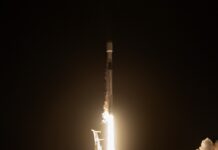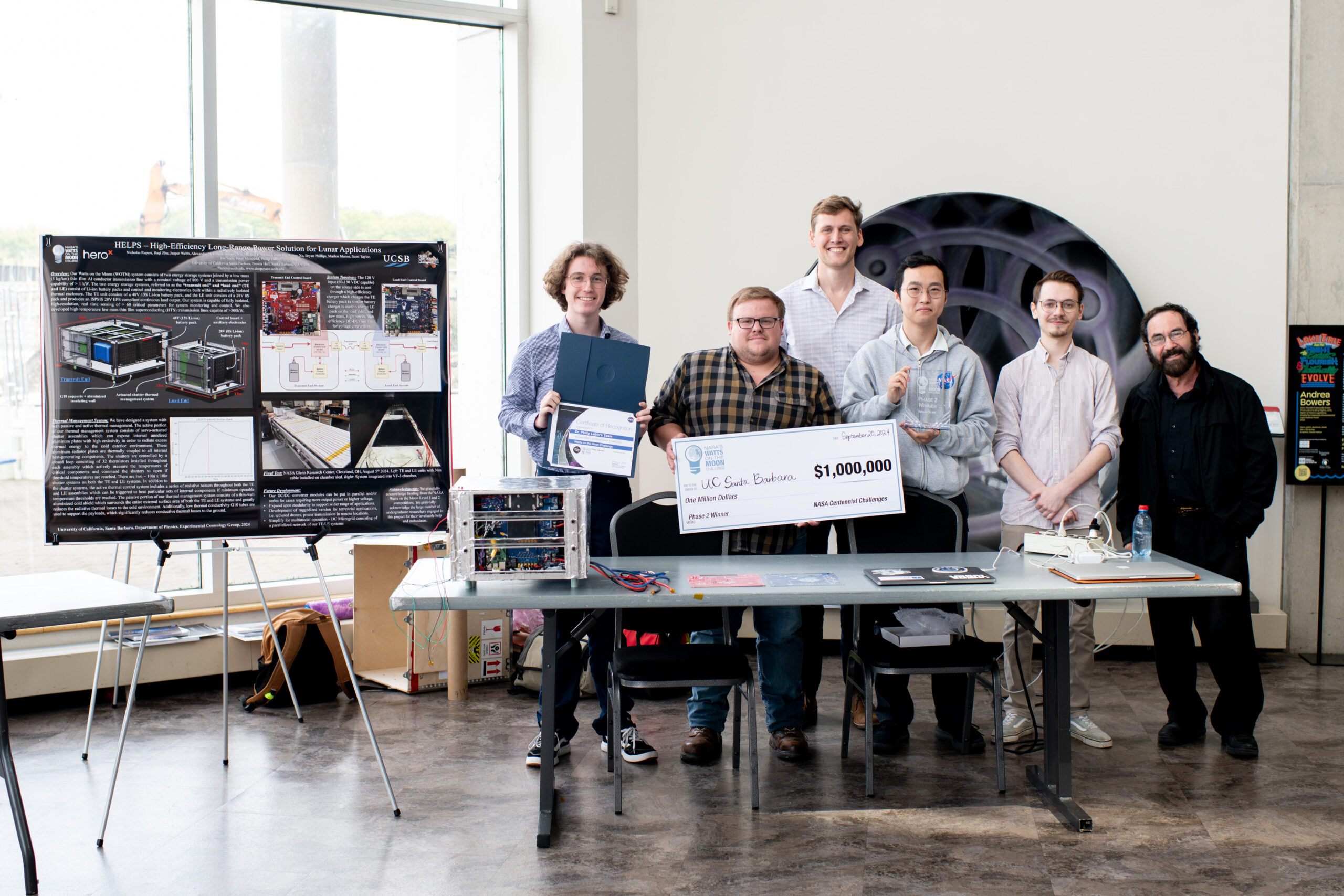NASA Awards $1.5 Million to Innovators in Watts on the Moon Challenge
NASA has honored two U.S. teams with a total of $1.5 million for their groundbreaking solutions in energy distribution, management, and storage. These innovations are part of NASA’s Watts on the Moon Challenge, an initiative aimed at supporting the agency’s Artemis missions, which strive to establish a lasting human presence on the Moon.
The Watts on the Moon Challenge is a two-phase competition designed to inspire U.S. innovators to develop advanced power transmission and energy storage technologies. These technologies are essential for enabling long-duration lunar missions and advancing America’s exploration goals. The final phase of this competition culminated in a technology showcase and winners’ announcement ceremony held at the Great Lakes Science Center, home to NASA’s Glenn Research Center visitor center in Cleveland, Ohio.
“Congratulations to the finalist teams for developing impactful power solutions in support of NASA’s goal to sustain human presence on the Moon,” said Kim Krome-Sieja, acting program manager for NASA Centennial Challenges at NASA’s Marshall Space Flight Center in Huntsville, Alabama. “These technologies seek to improve our ability to explore and make discoveries in space and could have implications for improving power systems on Earth.”
The Winning Teams
The two victorious teams in the competition are:
1. **First Prize ($1 million): H.E.L.P.S. (High Efficiency Long-Range Power Solution) from Santa Barbara, California**
2. **Second Prize ($500,000): Orbital Mining Corporation from Golden, Colorado**
Four teams were invited to refine their hardware and present full system prototypes in the final stage of the competition. Three finalist teams completed their technology solutions, which were then demonstrated and assessed at NASA Glenn. These technologies were the first power transmission and energy storage prototypes tested by NASA in a vacuum chamber. This chamber simulates the extremely cold and low-pressure conditions found in the permanently shadowed regions of the Lunar South Pole. The simulation required the power systems to operate over six hours of solar daylight and 18 hours of darkness, with the user three kilometers (nearly two miles) away from the power source.
During this stage, judges evaluated the finalists’ solutions based on a Total Effective System Mass (TESM) calculation. This metric measures the efficiency of the system relative to its size and weight (mass) and the total energy provided by the power source. The solution with the lowest TESM value was deemed the highest performing, highlighting the challenges space missions face in minimizing mass while meeting electrical power needs.
Team H.E.L.P.S.: Grand Prize Winners
Team H.E.L.P.S. from the University of California, Santa Barbara, secured the grand prize for their hardware solution, which boasted the lowest mass and highest efficiency among all competitors. Their technology featured a unique cable operating at 800 volts and an innovative use of energy storage batteries on both ends of the transmission system. They also implemented a variable radiation shield that could switch between conserving heat during cold periods and disposing of excess heat during high power modes. The final 48-hour test demonstrated that their system design effectively met the power transmission, energy storage, and thermal challenges of the competition’s final phase.
Orbital Mining Corporation: Second Prize Winners
Orbital Mining Corporation, a space technology startup, earned the second prize for their high-performing hardware solution, which also successfully completed the 48-hour test. Their system included a high-voltage converter coupled with a low-mass cable and a lithium-ion battery.
“The energy solutions developed by the challenge teams are poised to address NASA’s space technology priorities,” said Amy Kaminski, program executive for Prizes, Challenges, and Crowdsourcing in NASA’s Space Technology Mission Directorate at NASA Headquarters in Washington. “These solutions support NASA’s recently ranked civil space shortfalls, including in the top category of surviving and operating through the lunar night.”
Technology Showcase and Winners’ Announcement
During the technology showcase and winners’ announcement ceremony, NASA experts, media, and members of the public gathered to view the finalist teams’ technologies and hear insights from the teams’ participation in the challenge. Attendees had the opportunity to meet NASA astronaut Stephen Bowen after the winners were announced.
About the Watts on the Moon Challenge
The Watts on the Moon Challenge is a NASA Centennial Challenge led by NASA Glenn. NASA’s Marshall Space Flight Center manages Centennial Challenges, which are part of the agency’s Prizes, Challenges, and Crowdsourcing program in the Space Technology Mission Directorate. NASA contracted HeroX to support the administration of this challenge.
For more information about the Watts on the Moon Challenge, visit [NASA’s official page](https://www.nasa.gov/wattson).
This competition not only pushes the boundaries of what’s possible in space technology but also has potential applications here on Earth. Innovations in energy transmission and storage could revolutionize how we manage power in remote areas, disaster-stricken zones, or even in everyday technology.
Furthermore, the Artemis missions aim to return humans to the Moon and establish a sustainable presence, which could lead to further exploration of Mars and beyond. Energy solutions like those developed in this challenge are critical for surviving the harsh lunar environment and ensuring the success of long-term space missions.
The Watts on the Moon Challenge exemplifies how collaborative efforts between NASA and innovative teams can lead to technological advancements that benefit both space exploration and terrestrial applications. As these technologies are refined and implemented, they promise to pave the way for a new era of discovery and exploration in space.
For more details on NASA’s initiatives and technology priorities, you can explore their [Space Technology Mission Directorate](https://www.nasa.gov/directorates/spacetech/) and the [Prizes, Challenges, and Crowdsourcing program](https://www.nasa.gov/solve).
In summary, the Watts on the Moon Challenge has not only rewarded innovative minds with substantial prizes but also laid the groundwork for future advancements in space and energy technology. These achievements underscore the importance of continued investment and innovation in our quest to explore the final frontier.
For the latest updates and news from NASA, visit their [official website](https://www.nasa.gov/).
For more Information, Refer to this article.


































